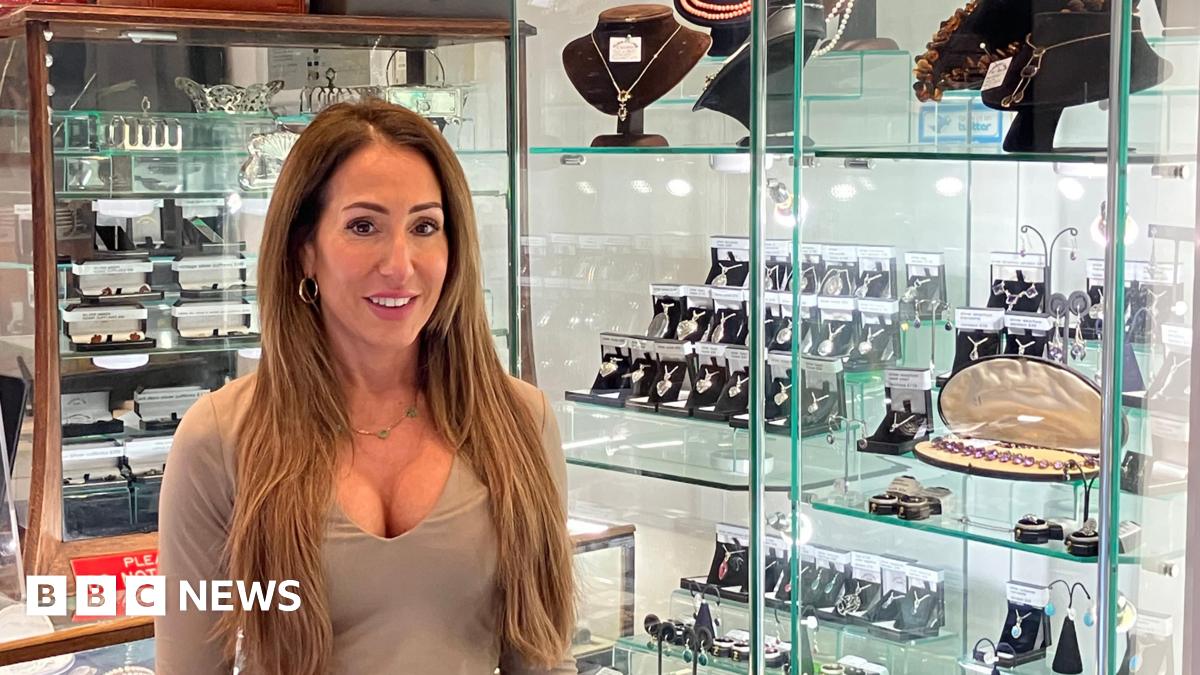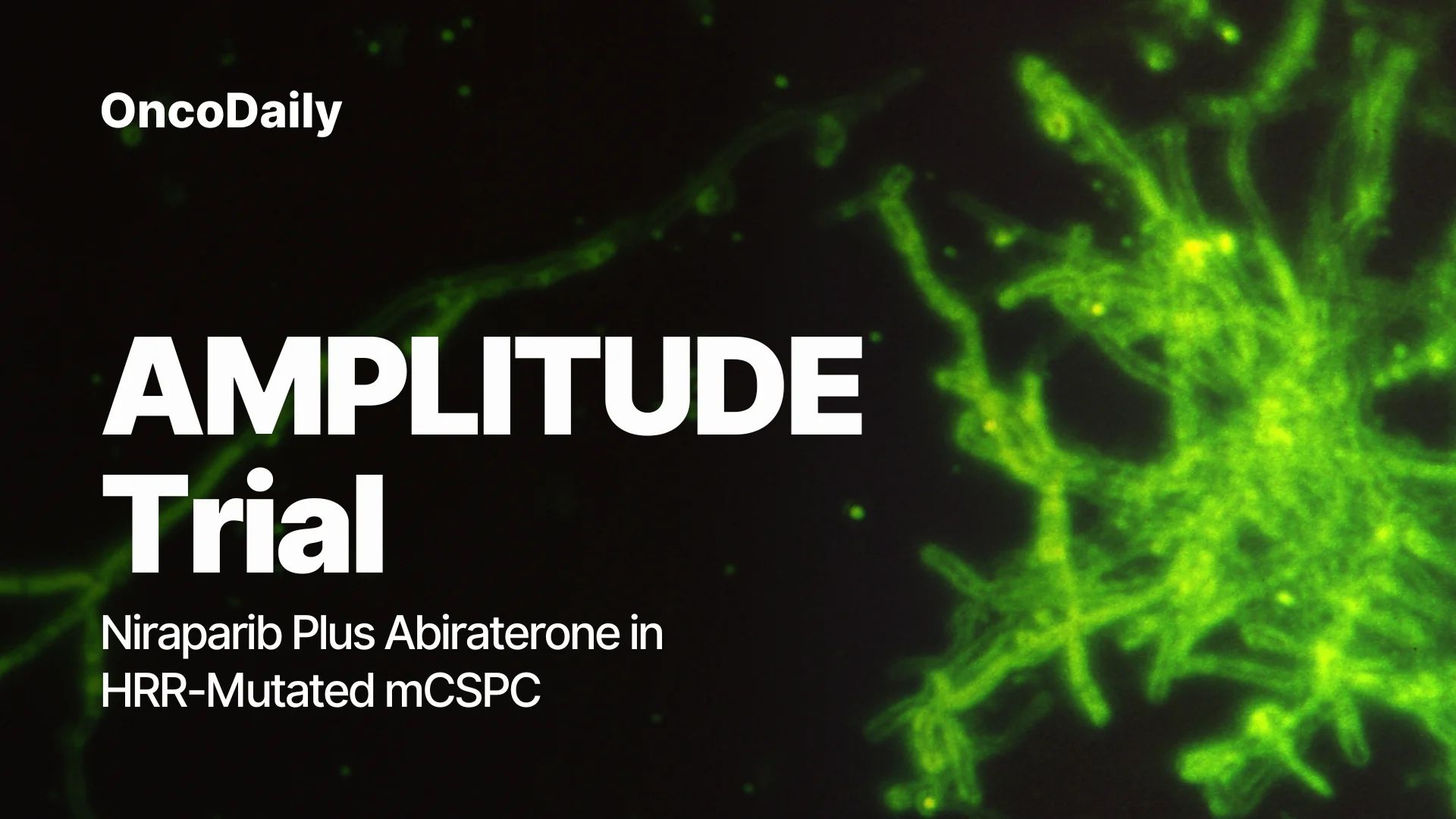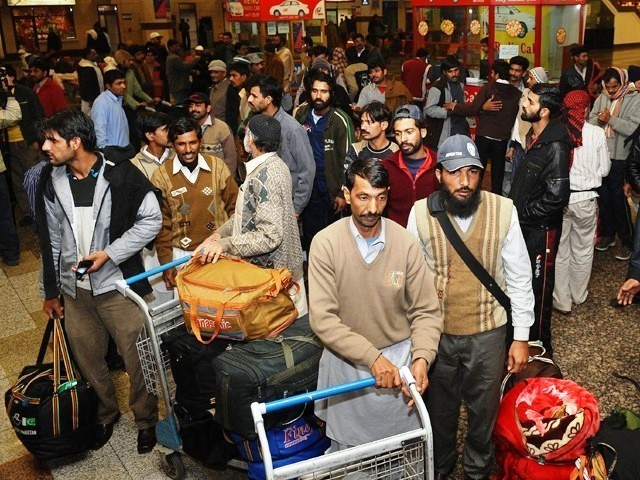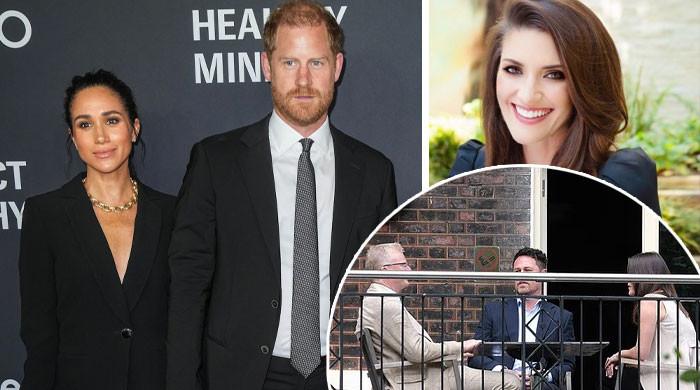This extraordinary story about the solidarity between a queer protest group and striking Welsh miners is coming to the National Theatre.
The long-teased stage musical adaptation of the acclaimed 2014 movie Pride is finally arriving in 2026, coming…

This extraordinary story about the solidarity between a queer protest group and striking Welsh miners is coming to the National Theatre.
The long-teased stage musical adaptation of the acclaimed 2014 movie Pride is finally arriving in 2026, coming…

Aladdin’s Cave is a family business that has been operating from a shop in Queens Arcade in Leeds city centre for 45 years.
“It was my grandma and my auntie Debbie who opened it,” says Ms Spencer.
“Then my mum and dad took over in the late 90s,…

The AMPLITUDE trial represents a major step forward in the evolution of precision medicine for prostate cancer, specifically addressing whether PARP inhibition can improve outcomes when introduced early in the disease course….

Three-year quota creates state-backed pathway to Europe as Pakistan sees record emigration, rise in irregular routes
Pakistanis at Lahore airport. PHOTO: AFP/File

The Tareen Group has officially entered the race to acquire new Pakistan Super League (PSL) franchises, just a month after Ali Tareen left Multan Sultans.
Media reports indicate the group has submitted the necessary documents to bid for…

Prince Harry and Meghan Markle are undergoing big changes as 2025 comes to an end, but the couple may have lost a valuable member of their…